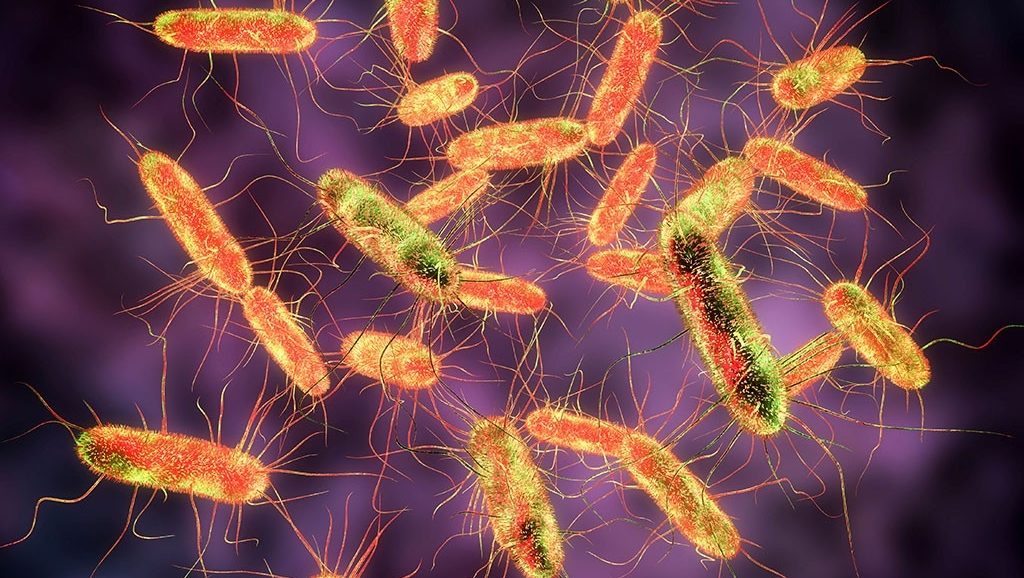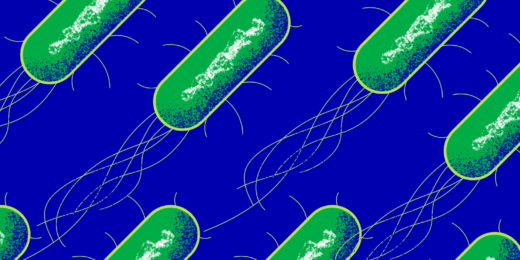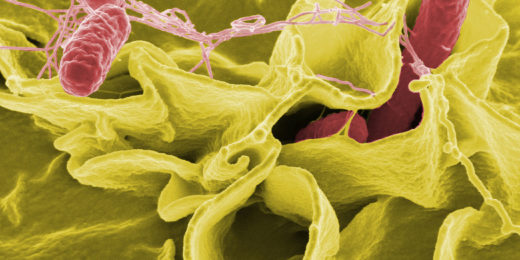How do you learn what makes an organism unique? Well, one way is to scrape its innards out, fill the shell with expanding substance and see how much pressure the critter's husk can take before it pops.
It sounds barbaric, but bioengineer Bo Wang, PhD, and his team have found this technique can help distinguish between different types of bacteria based on the strength of their cell walls, a Stanford News story reports.
As Wang explains in the story, their newly developed expansion microscopy technique is useful because bacteria are a very diverse group of organisms, and current methods can only identify a fraction of them.
"We need new ways to poke and prod these organisms to figure out what makes them tick, as well as novel methods to identify the vast number of species that still remain in the shadows," Wang said.
Being able to identify and characterize bacteria will help researchers develop new ways to harness helpful bacteria, and more effective ways to disable drug-resistant bacteria.
The technique that Wang and his team developed essentially eviscerates bacteria using special soaps to dissolve their membrane coating and enzymes to dissolve their innards. This process leaves the empty cell wall, which maintains the bacteria's distinctive shape.
As the news story explains, a key part of their new technique was the method they created to draw hydrogel into the bacterial casings by embedding the empty shells in hydrogel.
The hydrogel used in this study works just like the hydrogels used in disposable diapers -- it expands as it absorbs fluids. The researchers watched the hydrogel-stuffed bacteria under a microscope as they added water, which made the hydrogel filling expand. Some bacteria species puffed up with outward pressure, others had varying degrees of sturdy cell walls that resisted expansion.
The researchers tested this cell wall stress test on Ssalmonella (a common cause of food poisoning) and Lactobacillus plantarum (a ubiquitous probiotic). They found that Salmonella's cell walls become degraded when exposed to defensive cells called macrophages, but some Salmonella cells are affected more than others. In contrast, the cell walls of Lactobacillus were resilient and resistant to change under pressure.
This new technique was published in PLoS Biology.
"A lot of research focuses on ways to get antibiotics through the cell wall so that they can take effect," Huang said. "Any way to gain insight into a cell's survival traits and weak points means that we can be more effective at eliminating invaders."
Image by Kateryna Kon






